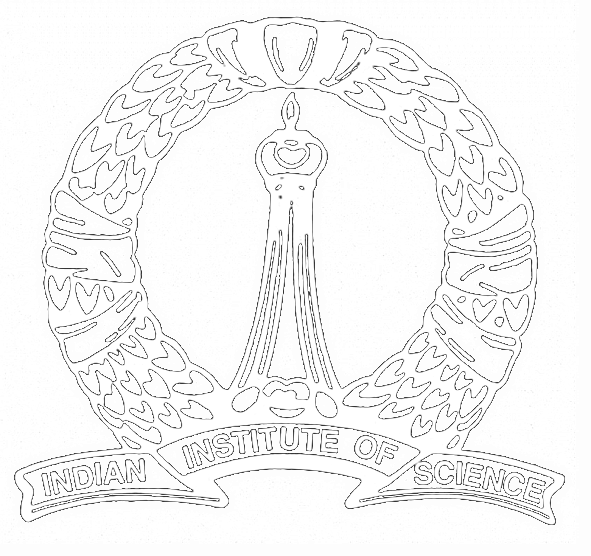Title: Challenges in high dimensional Bayesian nonparametrics and some possible solutions
Speaker: Prof. Anjishnu Banerjee Duke University, USA
Date: 20 October 2011
Time: 11:30 a.m.-12:30 p.m.
Venue: Lecture Hall III, Department of Mathematics
Large dimensional data presents many challenges for statistical modeling via Bayesian nonparametrics, both with respect to theroetical issues and computational aspects. We discuss some models that can accomodate large dimensional data and have attractive theoretical properties, specially focussing on kernel partition processes, which are a generalization of the well known Dirichlet Processes. We discuss issues of consistency. We then move onto some typical computational problems in Bayesian nonparametrics, focussing initially on Gaussian processes (GPs). GPs are widely used in nonparametric regression, classification and spatio-temporal modeling, motivated in part by a rich literature on theoretical properties. However, a well known drawback of GPs that limits their use is the expensive computation, typically O($n^3$) in performing the necessary matrix inversions with $n$ denoting the number of data points. In large data sets, data storage and processing also lead to computational bottlenecks and numerical stability of the estimates and predicted values degrades with $n$. To address these problems, a rich variety of methods have been proposed, with recent options including predictive processes in spatial data analysis and subset of regressors in machine learning. The underlying idea in these approaches is to use a subset of the data, leading to questions of sensitivity to the subset and limitations in estimating fine scale structure in regions that are not well covered by the subset. Partially motivated by the literature on compressive sensing, we propose an alternative random projection of all the data points onto a lower-dimensional subspace, which also allows for easy parallelizability for further speeding computation. We connect this with a wide class of matrix approximation techniques. We demonstrate the superiority of this approach from a theoretical perspective and through the use of simulated and real data examples. We finally consider extensions of these approaches for dimension reduction in other non parametric models.
- All seminars.
- Seminars for 2011
